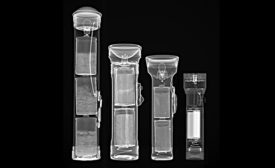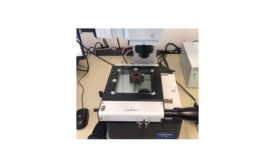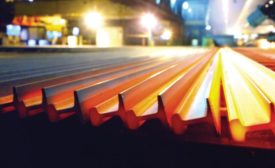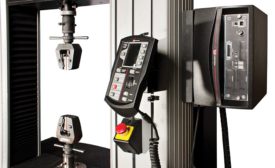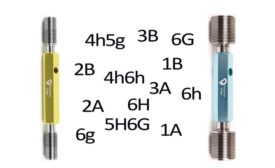Test & Inspection
Facing Reality, Part II
When measurement disputes arise, the finger pointing begins.
November 1, 2019
Seeing is Believing: 2D and 3D X-ray Technologies for Nondestructive Testing
X-ray based techniques have many advantages for inspection and quality control.
November 1, 2019
Using Software to Refine the Steel Manufacturing Process
versiondog helps Tata Steel reduce downtime.
October 15, 2019
Facing Reality
Disputes over measurements continue to plague the industry.
October 1, 2019
Retrofits: Ensuring the Reliability and Capability of Your Universal Testing System
When considering legacy equipment in your lab it is important to recognize what makes a good candidate for a retrofit.
October 1, 2019
Thread Classes and Setting Plug Gages
Product tolerances and dimensions always dictate the gage tolerances and dimensions.
October 1, 2019
Dealing With Measurement Uncertainty
The application of uncertainty often brings up questions.
September 15, 2019
Stay in the know with Quality’s comprehensive coverage of
the manufacturing and metrology industries.
eNewsletter | Website | eMagazine
JOIN TODAY!Copyright ©2024. All Rights Reserved BNP Media.
Design, CMS, Hosting & Web Development :: ePublishing



